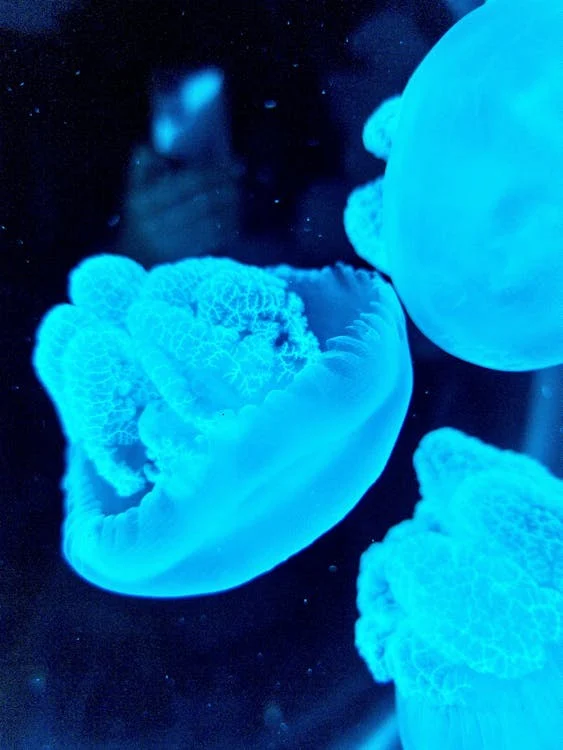
Biophysical characterization is one of the modern sciences of the time that brings together the principles of biology and physics in trying to study the structure, function, and dynamics of biomolecules. They are macromolecular protein complexes of nucleic acids and lipids that are components of the cell. They are irreplaceably valuable in drug discovery, disease diagnosis, and biotechnology. This is a general overview of some of the biophysical characterization techniques, what they are used for, and why they must be utilized now.
Top Biophysical Characterization Techniques
There are many advanced biomolecule characterization techniques, and each one of them holds some data regarding their properties. Some of the most frequently used are mentioned below:
1. Spectroscopy-Based Methods
Spectroscopy is a most useful biophysical characterization technique. Spectroscopy informs us regarding biomolecular structure, stability, and interaction.
- UV-Visible Spectroscopy: Quantitation of light absorption for biomolecule purity and composition assessment.
- Fluorescence Spectroscopy: Facilitating the use of fluorescent probes to investigate protein binding interaction, folding, and conformational change.
- Circular Dichroism (CD) Spectroscopy: Facilitating us to determine secondary structure of proteins and nucleic acids by chirality optical properties.
- Fourier-Transform Infrared (FTIR) Spectroscopy: Offers molecular vibration and chemical bond information appropriate to compute secondary structures.
2. X-ray Crystallography
X-ray crystallography is resolution-dependent three-dimensional structure-determination technique of biomolecules. The method uses the crystals of the molecule and offers atom-level details of proteins, enzymes, and drug-target complexes and thus becomes a treasure house of drug design and structural biology.
3. Mass Spectrometry (MS)
Mass spectrometry is an ultrasensitive analytical tool for mass determination, structure, and composition of biomolecules. It is a method of universal application in proteomics, lipidomics, and metabolomics. TOF MS and MS/MS are sophisticated MS tools applied for in-depth studies on post-translational modification and protein-protein interaction.
4. Calorimetry-Based Methods
Calorimetry detects change of heat of biomolecular interaction and stability with most common techniques being:
Isothermal Titration Calorimetry (ITC): Measures heat absorbed or generated in units of molecular interaction and measures binding affinity and thermodynamics.
Differential Scanning Calorimetry (DSC): Provides biomolecule stability measurement by heat capacity dependence temperature change measurement.
5. Dynamic Light Scattering (DLS)
DLS to size distribution and degree of biomolecule aggregation measurement. DLS is a highly sensitive analytical technique to molecular nanoparticle and colloidal stability studies.
6. Surface Plasmon Resonance (SPR)
Label-free biosensing method of SPR to investigate real-time biomolecule interaction. SPR offers kinetic and affinity information on protein-ligand, protein-protein, and protein-DNA interaction and is of higher-order utility in drug discovery.
Biophysical Characterization Applications for Research
There are several uses of biophysical characterization in science and industry. Some of them are inevitable applications:
1. Drug Discovery and Development
Pharmaceutical science requires drug target structure and function information (i.e., proteins, receptors, and enzymes). Methods such as X-ray crystallography, SPR, and NMR spectroscopy can perceive lead drug molecules, improve the binding affinity, and simulate molecular interaction.
2. Protein Engineering and Therapeutics
Biophysical characterization is the backbone of drug discovery and design of enzyme, monoclonal antibody, and therapeutic proteins. Stability, aggregation, and conformational adjustment of proteins must be investigated using techniques like DSC, DLS, and MS as a gesture towards product quality control of safety and potency.
3. Vaccine Development
Identification of virus and antigen-antibody interaction protein can be applied in vaccine design. Immune response discovery and optimal vaccine presentation are applications of Cryo-EM, SPR, and ITC.
4. Molecular Mechanisms and Structural Biology
Structural investigation through the assistance of X-ray crystallography, Cryo-EM, and NMR spectroscopy enables us to establish molecular disease mechanisms that are amenable for therapeutic development.
5. Biomaterials and Nanotechnology
Biophysical research is only one of the most straightforward biomaterials and nanomedicine research ideas. Techniques like FTIR spectroscopy and DLS offer nanoparticle size, stability, and interaction in a biological matrix to measure.
6. Food Science and Biotechnology
Biophysical techniques are applied to food enzyme activity of food, lipid-protein interaction, and food emulsions in food science. Biophysical techniques are applied to bioprocess optimization and biomaterial quality control in biotechnology.
Challenges and Future Directions
Little challenge to all nice progress with biophysical characterization
Sample Preparation: Some methods such as X-ray crystallography and Cryo-EM demand quality samples of which preparation will not always be a piece of cake.
Cost and Equipment: NMR and SPR techniques are equipment costly as well as man-day costly.
Data Analysis: Biophysical effects and integration data of various methods are sophisticated in nature and interdiscilled training requiring.
Directions Ahead
- Convergence of Machine Learning and AI: AI-based analysis will be capable enough to make data and biophysics understanding more sensitive with processes executed automatically.
- Single-Molecule Methods: Single-molecule FRET and nanopore sequencing techniques will reveal new details of biomolecular motion.
- Hybrid Techniques: Hybridization of techniques (i.e., Cryo-EM and NMR or MS) will provide us with the bird’s eye view of biomolecules.
Conclusion
Biophysical characterization is a treasure to unearth in our age because it facilitates questions of complexity and biomolecular function, interaction, and structure to be constructed into unwarranted sophistication. Techniques are revolutionizing new drug discovery, biotechnology, and nanomedicine research through the assistance of the latest technology. Biophysical characterization will propel science towards untapped frontiers and applications in non-scientific fields with more multi-disciplinary tools at our disposal.